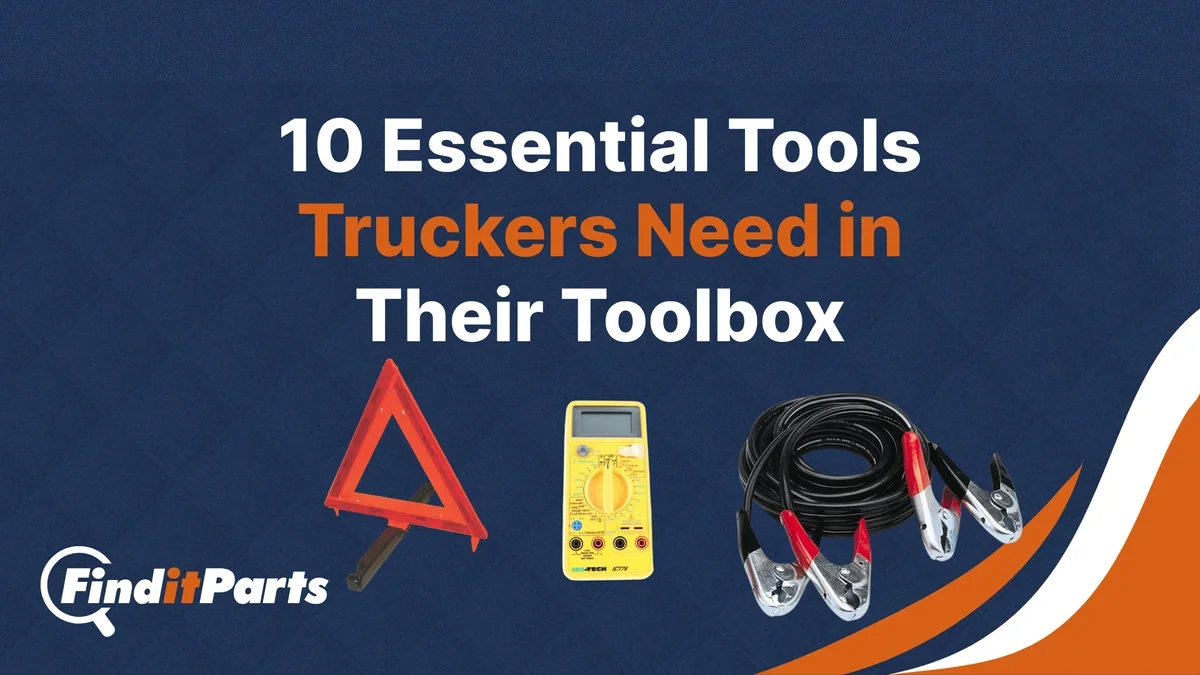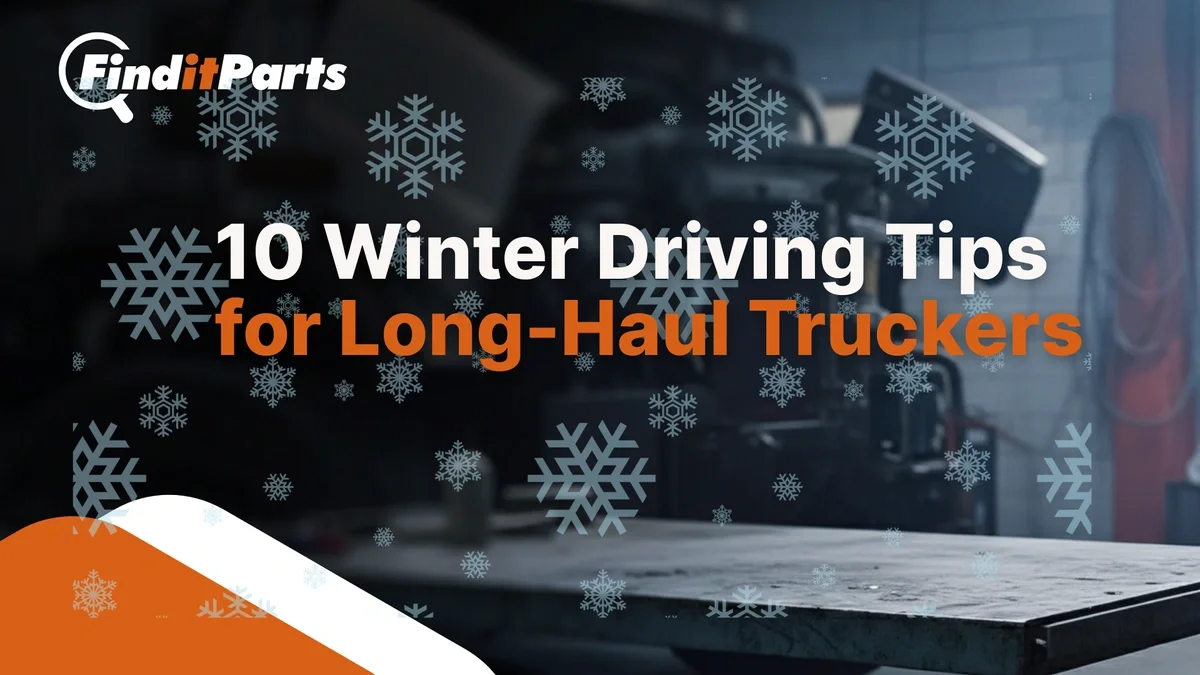Need help? We're here!
(888) 312-8812 Login SignupTips For Maintaining Box Truck Roll-Up Doors
January 25, 2021

Image Source: Unsplash
Roll-up doors are increasingly becoming a common sight among box trucks. Unlike traditional swing doors, roll-up doors take up almost no space when opened. However, the downside is these types of doors consist of smaller moving parts. From the panels to the individual rollers, these components have to sync with each other to ensure smooth operation. So if any of these parts fail from damage, wear, or a factory defect, it will most likely render the entire assembly unable to open, close, or lock properly.
COMMON ROLL-UP PROBLEMS
Box truck roll-up doors are designed for frequent operation in demanding work environments, but certain parts take up more abuse and are more susceptible to damage or wear. These include the following:
Tracks
Modern roll-up doors have tracks guiding the door to ensure proper alignment with the latch and prevent it from swinging. If any part of the track gets dented, bent, or obstructed, the door panels may not roll up or down properly.
Hinges
Hinges also tend to come apart if installed incorrectly or because of a manufacturing defect that was not detected and corrected. This can prevent the door from being locked or closed properly or damage other parts of the door.
Springs
Roll-up doors also use a set of springs to make the rolling mechanism smoother and more manageable. Exposure to dirt and moisture can cause the springs to become brittle, compromising their function. In severe cases, the spring may crack or break apart entirely.
Rollers
Rollers in roll-up doors are designed to be extremely durable, so they don’t wear out as often as the previous parts we’ve mentioned. However, they also tend to get clogged over time by dirt, mud, and debris. If the obstruction is substantial enough, the roller may lose its alignment, get stuck, or pop out of its guide entirely. Rollers also tend to lose their lubrication over time, resulting in squeaking or grinding noises as well as making it harder to pull the door down.
MAINTENANCE TIPS
Broken truck roll-up doors should never be ignored. Aside from being inconvenient, a faulty roll-up door compromises the security of your truck’s cargo and makes it an accident risk. Thankfully, this can be avoided entirely with proper use and regular maintenance of the roll-up doors.
Here are some of the ways you can maintain the life of your truck’s roll-up doors.
Conduct regular inspections. Experts recommend inspecting the roll-up door assembly at least once a week. From the outside, check for rust or damage on the panels as well as frayed or worn cables or pull straps. The lock and keeper should also pivot freely and securely engage with the latch plate. On the inside, check if the rollers, tracks, and hinges are in the right place, fastened securely, and have enough lubrication. Be sure to inspect the spring assembly inside the header, and see if there are any signs of corrosion or if the cables are aligned within the grooves of the cable drum.
Aside from a visual inspection, be sure to check the door’s movement as well. The amount of side shift movement the door makes when opened should be no more than 3/8 inch in total. This can usually be adjusted by adding or removing spacer washers on the rollers at the joint of the first panel from the top and bottom. Also, note any points where the door starts to squeal or hits a snag when being rolled up or down. This can indicate corrosion or obstruction on a specific part of the track.
- Schedule a checkup. If you do notice anything out of the ordinary with your truck’s roll-up door, we strongly suggest having it checked at the shop. A technician, specifically one specializing in roll-up doors, can provide an in-depth diagnosis to determine if there’s something wrong with the door and make appropriate recommendations.
- Clean regularly. Be sure to include the roll-up doors in your truck’s regular cleaning schedule. Doing so will prevent a buildup of dust and debris that can prevent the door from moving or closing properly. Accumulated dirt can also absorb and retain moisture, resulting in unsightly and potentially damaging rust spots on the metal parts of the door assembly.
The best method to clean roll-up doors is with a mild detergent and water and a soft-bristled brush or microfiber cloth. Wipe the door surfaces on both sides, the track, and exposed mechanical components. Rinse and allow to dry completely. Do not use a power washer or a high-pressure hose as this may seep into the internal mechanism lead to corrosion.
- Lubricate. The rollers, hinges, and other moving parts require regular lubrication to ensure smooth movement, but regular grease doesn’t cut it. Instead, you will need a lubricant that’s specially formulated for use with roll-up doors. This lubricant covers more surface area, allowing it to penetrate deep into the roller mechanism compared to regular lubricant. Several of these products on the market may have additional properties such as non-drying or increased water resistance that help improve the life of your
Roller door lubricant is typically sold in spray cans, so the process should be as easy as spraying an even coat of lubricant over the tracks, rollers, and other components. You can also apply the lubricant on a clean cloth and wipe it on the various parts of your roll-up door. Just make sure not to overdo it, as too much lubricant can also attract dust and dirt.
- Avoid using excessive force. Modern roll-up doors contain springs, balancer bars, and other mechanisms to ensure a smooth operation using only a minimal amount of effort. So slamming the door open or shut is not only unnecessary but also puts it under excess strain and potentially damage it in the long run.
If the roll-up door is indeed busted, repair or replacement of affected parts should be done as soon as possible to prevent injury and further damage to the rest of the roll-up door assembly. It’s also highly recommended to use only OE-compliant parts as replacements. While they may be more expensive, components that meet OE standards will ultimately lead to bigger savings for you and your business in the long run.



